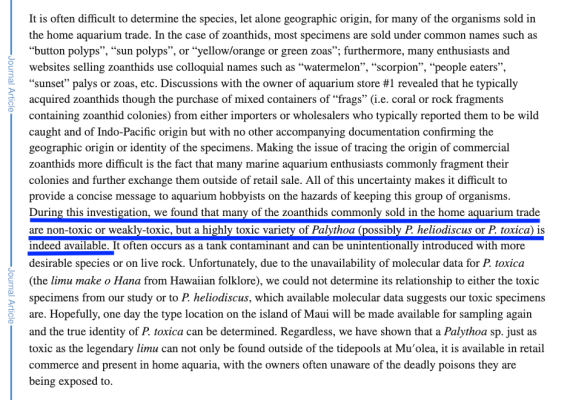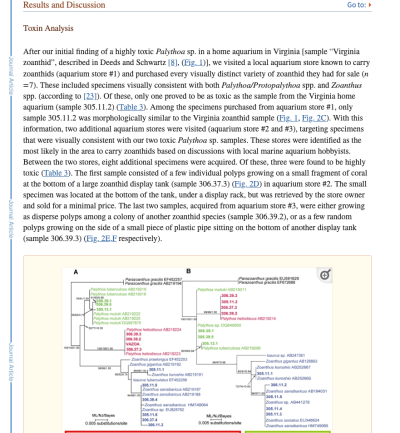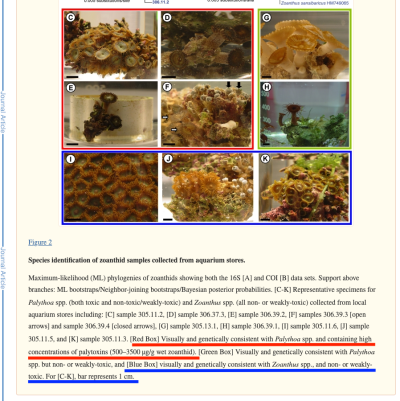- Joined
- Jul 16, 2009
- Messages
- 3,211
- Reaction score
- 4,859
That and your laughing emoji are deflections, I assume because you are out of arguments to counter what has been discussed.Actually you could… you could calm down and quit trying to scare and intimidate folks but you know what. You seem happy up there on your soap box - so be my guest.
In any case, you act as if there is some kind of nefarious agenda here. There is not, but rather the simple act of trying to make sure that participants in this hobby are aware and informed of the risks involved with keeping certain animals, so that they may take the proper precautions and make informed decisions.
As it were, you are not well informed and trying to downplay the dangers of something that is both scientifically and factually well known by others to be a very serious concern. But the question is, why? Nobody is stopping you or attempting to stop you or anybody from keeping these animals.






















